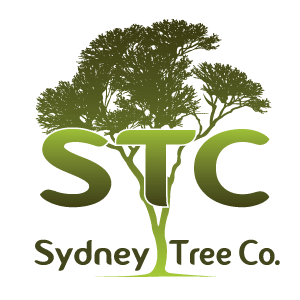Autumn is an ideal time to call in an Arborist to evaluate trees, even if they appear healthy. Strong winter winds and storms weaken otherwise healthy branches and break off branches that have been weakened by previous damage or disease. An Arborist can evaluate the tree branches and prune off any that might be a potential hazard. He or she can also detect root and crown rot diseases that have left a tree with a damaged root system. Entire trees can be blown over by strong winds if they are not securely anchored by healthy roots.
Spring is a good time to have trees evaluated by an Arborist to catch any damage that was done over the winter. Pruning off damaged limbs can help prevent diseases caused by opportunistic fungi and bacteria as well as insect infestation. This pre-emptive care may save the tree. Spring and summer are also good seasons for basic maintenance pruning or cutting back limbs that are growing too close to buildings, roads, pedestrian walkways and power lines.
Of course, an Arborist should be called in to evaluate a tree that is showing signs of disease. Watch for mushroom-type growths or bracket fungi on tree trunks, holes in the bark, oozing discolored spots or cankers and any sign of wilting or discolored leaves.
For basic pruning, an AQF Level 3 Arborist can handle the job. If the tree is showing signs of disease, an AQF Level 5 Arborist should be called. A Level 5 Arborist who specializes in diseases can diagnose the tree and make recommendations for treatment or tree removal. In most cases, permission to prune or remove the tree must be granted by the City of Sydney before the work is done. If the tree must be removed, be prepared to replace it with another tree. The City commonly requires a replacement and often will specify which tree species should be planted and how large it should be. It can take up to one month for the permit application to be processed.

